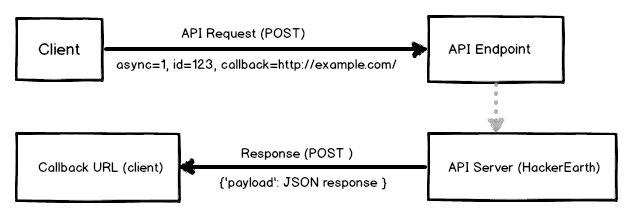


Smart Citations display the same bibliographical information shown in traditional citation indices while providing additional contextual information, such as the citation statement (the sentence containing the in-text citation from the citing article), the citation context (the sentences before and after the citation statement), the location of the citation within the citing article (Introduction, Materials and Methods, Results, Discussion, etc.), the citation type indicating intent (supporting, contrasting, or mentioning), and editorial information from Crossref and PubMed, such as corrections and whether the article has been retracted ( Figure 1).


Traditional citation indices do not have the capacity to examine contextual information or how the citing paper used the citation, such as whether it was made to support or contrast the findings of the cited paper or if it was made in the introduction or the discussion section of the citing paper. (2015), traditional citation indices report this citation by displaying the title of the citing paper and other bibliographic information, such as the journal, year published, and other metadata. For example, when Viganó, von Schubert et al. Such enriched citation information is more informative than a traditional citation index. Additionally, with millions of documents being published each year, creating a citation index is a large-scale challenge involving significant financial and computational costs. This trend is changing, however, with open access publications becoming the standard ( Piwowar, Priem, & Orr, 2019) and organizations such as the Initiative for Open Citations ( Initiative for Open Citations, 2017 Peroni & Shotton, 2020) helping to make citations open. Such stagnation is partly because citations and publications are largely behind paywalls, making it exceedingly difficult and prohibitively expensive to introduce new innovations in citations or citation indices. Despite the widespread use of bibliometrics, there have been few improvements in citations and citation indices themselves. From these fields have come a variety of citation-based metrics, such as the h-index, a measurement of researcher impact ( Hirsch, 2005) the Journal Impact Factor (JIF), a measurement of journal impact ( Garfield, 1955, 1972) and the citation count, a measurement of article impact. Citation indices have also led to the establishment of new research fields, such as bibliometrics, scientometrics, and quantitative studies, which have been informative in better understanding science as an enterprise. Citation indices have facilitated the discovery and evaluation of scientific findings across all fields of research. The first citation index in science, created in 1960 by Eugene Garfield and the Institute for Scientific Information, aimed to “be a spur to many new scientific discoveries in the service of mankind” ( Garfield, 1959). Here we describe how scite works and how it can be used to further research and research evaluation.Ĭitations are a critical component of scientific publishing, linking research findings across time. Scite has been developed by analyzing over 25 million full-text scientific articles and currently has a database of more than 880 million classified citation statements. Scite shows how a citation was used by displaying the surrounding textual context from the citing paper and a classification from our deep learning model that indicates whether the statement provides supporting or contrasting evidence for a referenced work, or simply mentions it. To solve this problem, we have used machine learning, traditional document ingestion methods, and a network of researchers to develop a “smart citation index” called scite, which categorizes citations based on context. The use of citations in research evaluation without consideration of context can be problematic because a citation that presents contrasting evidence to a paper is treated the same as a citation that presents supporting evidence. Citation indices help measure the interconnections between scientific papers but fall short because they fail to communicate contextual information about a citation. Citation indices are tools used by the academic community for research and research evaluation that aggregate scientific literature output and measure impact by collating citation counts.


 0 kommentar(er)
0 kommentar(er)
